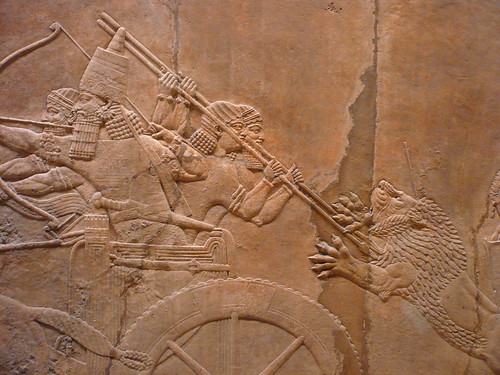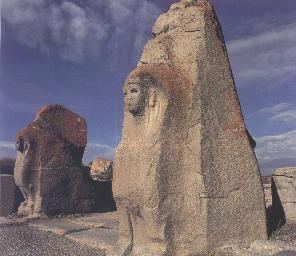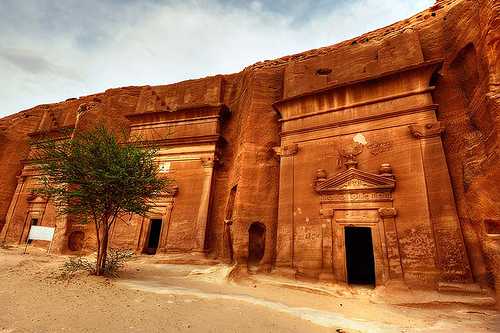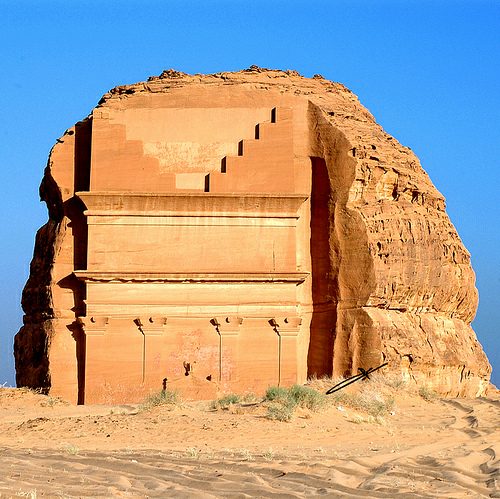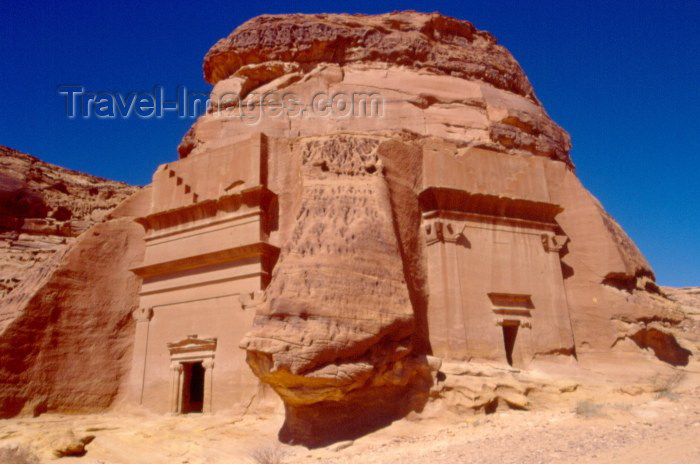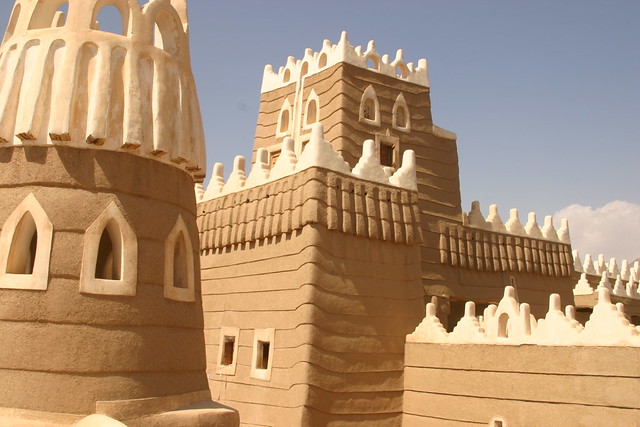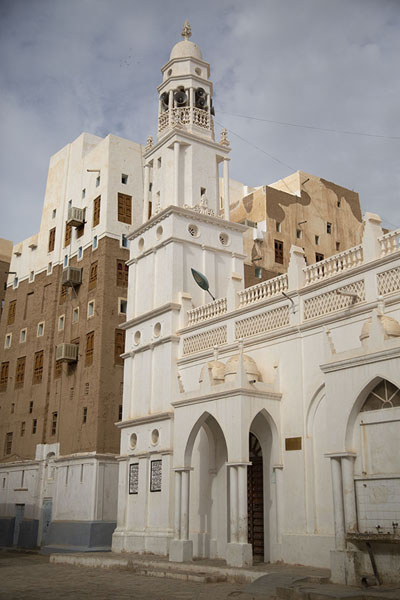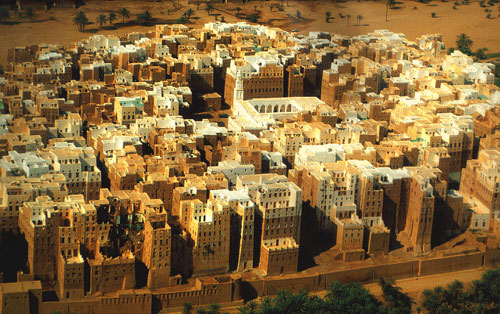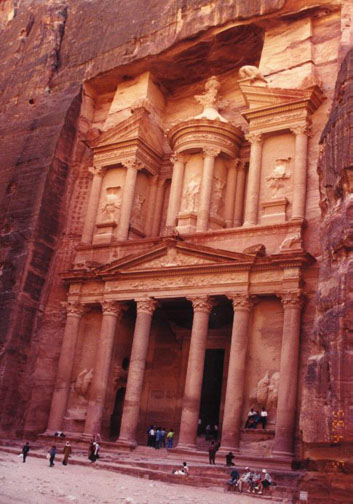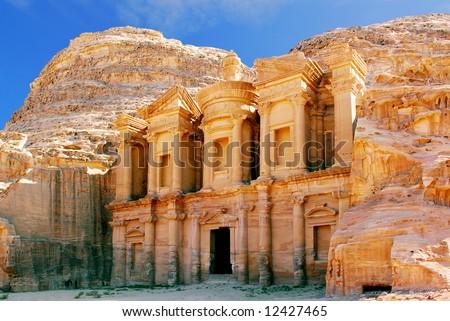The Persian Architecture(sabk )atleast from Aechamanid times is Hailed as Being a Magnificent Form of Architecture ,But is it Original or Copied From Previouis Cultures(Akkadian,Asyrian,Mesopotamian in General)?
(this does not concern Elamite or Choga Zanbil architecture wich has nothing to do with Aryans,these people were of semitic stock and were forced to minimize their territory because of Persian invasions)
lets Find out!
Persepolis :
Now The Earliest Remains from Persepolis date from around 515 BCE.
Assyria :
Releifs from a Assyrian Temple:
Now this Winged Bull Style is Orignially Assyrian and was a Mythical figure among them called Aladlamu
Cyaxares the king of the medes Destroyed Assyria in 612 BC ,and this is probably when the Assimilation of assyrian Architecture into Iranic Culture Started.
As You Can See This is Directly from Assyrian Culture.
The Elamites also had similar Architecture and depictions for example:
These are Elamite Ziggurats from Chogha Zanbil.
The Elamites were Semitic and Mesopotamian People and had nothing to do with Iranians,even Though iranans Claim this as there Heritage.
The Hittites also borrowed the Mesopotamian Architecture :
The Hittite Kingdom was From Circa 1750–1500 BC
The Elamite from Circa 2700 BC (as a Kingdom not a people)
and susa is From 5000 BC
The Old Assyrian period is from 2000 B.C
Now Lets See Arabian Architecture :
More Pictures Can be Found here :
http://www.zubeyr-kureemun.com/SaudiArabia/PhotoGalleryOfMadainSaleh.htm
These Are Tombs From the People of Thamud
(3000 BCE)Wich was a Large kingdom and fourished in Southern Yemen and Central Arabia.
These Are Tombs From the People of Thamud3000 BCE)Wich was a Large kingdom and fourished in Southern Yemen and Central Arabia
Now lets see Sabaean Architecture:
The Dam was Built to Reach whats now the Size of Paris.it was a Engineering Genius of its Time.
Recent archaeological findings suggest that simple earth dams and a canal network were constructed as far back as 2000 BC. The building of the first Marib dam began somewhere between 750 BC and 700 BC and took some hundreds of years to complete. The dam was of packed earth, triangular in cross section, 580 m in length and 4 meters high. It ran between two groups of rocks on either side of the river and was linked to the rock with substantial stonework. The dam's position allowed for a spillway and sluices between the northern end of the dam and the cliffs to the west. Around 500 BC the dam height was increased to 7 meters, the upstream slope (the water face) was reinforced with a cover of stones, and irrigation was extended to include the southern side as well as the northern side.
Baraqish and the Mina kingdom(1000 B.C)
http://www.youtube.com/watch?v=u3rChxezzQU">http://www.youtube.com/watch?v=u3rChxezzQU</a></div A Journey into Ancient Arabia Part 1
The Yemen Architecture :
The Yemeni Architecture besides that of the Ancient period continues its Originality and Innovative Spirit :
(Sana'a Yemen)
Najran,Saudi Arabia
Shibam ,Wadi Hadhramawt (2500 Years old)(a Adobe Town):
Rock palaces of Petra (Built by the nabataeans 168 BC):
As You Can See the Arabian Architecture is Very Origin and did not copy From any Culture like the Persians did.
at 1000 B.C The Arabs were Building Huge Skyscrapers.
at 1000 B.C the Persians were Wandering Central Asia.
With all Chronology in Hand we find Everything in this Culture is copied from Mesopotamian Genius somehow.
Lets See what others have to say about persian art
From the beginning the Persians built on the foundations of the earlier states. The organization of the Assyrians was taken over and improved, and
Cyrus himself imported artists and artisans from Babylonia and Egypt to create his palace and tomb at Pasargadae.
(www.answers.com/topic/persia -)
In the first great period of Persian art, during the reign of the Achaemenids, sculpture was practiced on a monumental scale. About 515 BC, Darius I had a vast relief and inscription carved on a cliff at Behistun. The relief shows him triumphing over his enemies as Ahura-Mazda, the chief Zoroastrian deity, looks on. The carving was derived in plan and detail from Assyrian models, but the naturalistic treatment of the drapery and the eyes was original.
(www.iranjasminco.com/iran/iran-art.htm -)



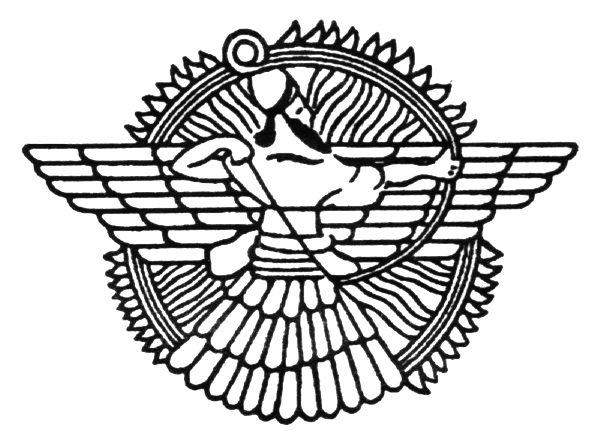





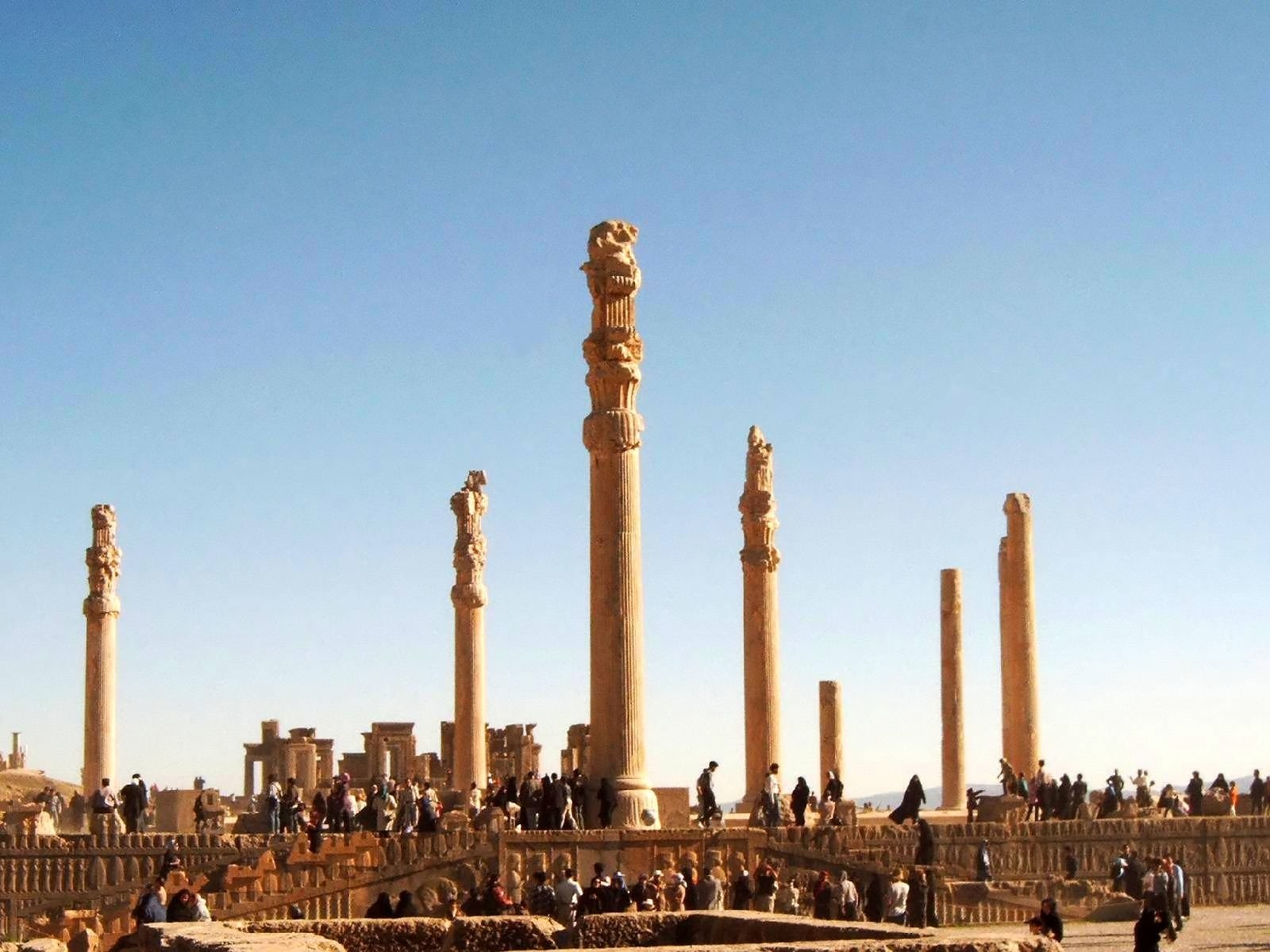


.jpg)







